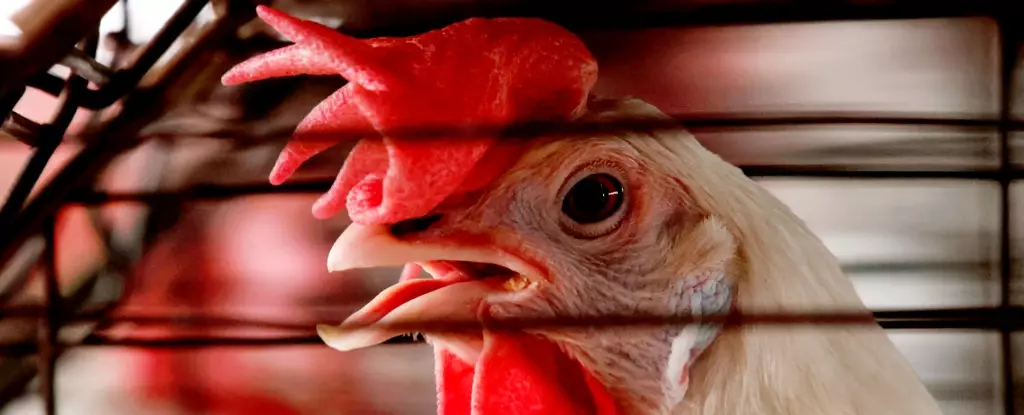In recent times, health experts worldwide have raised urgent concerns regarding the mutation and spread of bird flu, particularly the H5N1 strain. The ramifications of this situation could extend beyond animal health to potential human transmission, which merits serious public attention. Although current assessments from US health authorities indicate a low risk to the general population, the virus’s recent movements and its capacity for adaptation make the situation increasingly concerning.
Emerging initially in China in 1996, the H5N1 virus has been gaining ground over the past few years, infecting wild birds and causing unprecedented poultry culling estimations of over 300 million birds since late 2021. Alarmingly, it has breached geographic boundaries, reaching even the pristine ecosystem of Antarctica. The catastrophic effects on avian populations are mirrored by alarming consequences for mammalian species, particularly those preying on infected birds, such as seals.
The situation intensified when H5N1 began appearing among dairy cows in the United States, marking a significant shift in its transmission patterns. In 2023 alone, 58 Americans have tested positive for the virus, with increased concern about unseen human cases, highlighted by studies showing antibody presence in dairy workers across Michigan and Colorado. The implication of developing human resistance to infections raises alarms about future outbreaks.
Furthermore, the rapid mutations of the H5N1 strain suggest that it is one genetic shift away from becoming a strain capable of efficient human-to-human transmission. With veterinary science struggling to keep pace, researchers are becoming increasingly anxious. Notably, virologist Ed Hutchinson emphasizes that we are near a critical point where the virus may soon threaten human health in unprecedented ways.
Factors currently restraining H5N1’s capacity to infect humans include the virus’s dependence on specific mutations for successful lung infection. Nevertheless, recent studies indicate a potential risk of those very mutations. With genetic screenings revealing the virus adapting to bind more effectively with human cellular receptors, the scientific community is pressed to consider the implications this could hold for future pandemics.
As observed by epidemiologist Meg Schaeffer, “a bird flu pandemic would be one of the most foreseeable catastrophes in history.” The morbidity and mortality rates associated with avian flu are indeed alarming; nearly half of the 904 human cases reported since 2003 have resulted in death. This stark reality contrasts sharply with our relatively mild encounters with the disease thus far, suggesting we are merely glimpsing the virus’s true potential for harm.
Optimism Amid Challenges
While the situation appears dire, there is a glimmer of hope in the form of available antiviral treatments and vaccines, a factor that separates our current predicament from the early days of the COVID-19 pandemic. Health experts are advocating for proactive measures to mitigate the risks that H5N1 poses. The US Department of Agriculture’s recent announcement to test milk supplies serves as a critical component of these efforts, particularly concerning raw milk, which poses a unique risk for contamination.
Information sharing between governmental bodies and international agencies is perceived as crucial for a cohesive response strategy. The intertwined nature of agriculture, wildlife, and human health necessitates a collaborative approach.
In closing, the narrative surrounding bird flu is both a cautionary tale and a call for vigilant action. The ecosystem, human health, and agricultural sectors are more interconnected than ever, and failing to recognize this can lead to catastrophic results. Though the current risk to humans remains low, proactive measures need to be prioritized, including increased testing, research funding, and global cooperation.
Based on the growing body of evidence, health authorities must remain cautious while educating the public about the significance of preventing potential outbreaks. The specter of a future pandemic looms large, but decisive action today can help stave off disaster, ensuring that we are prepared for whatever challenges may arise in the evolving landscape of infectious diseases.


Leave a Reply